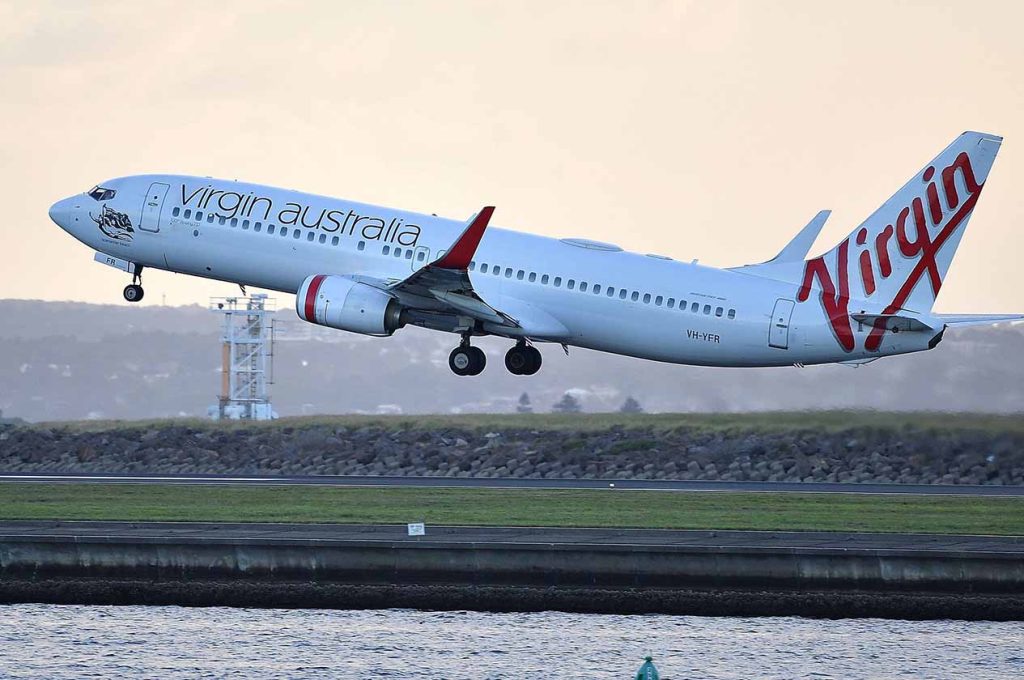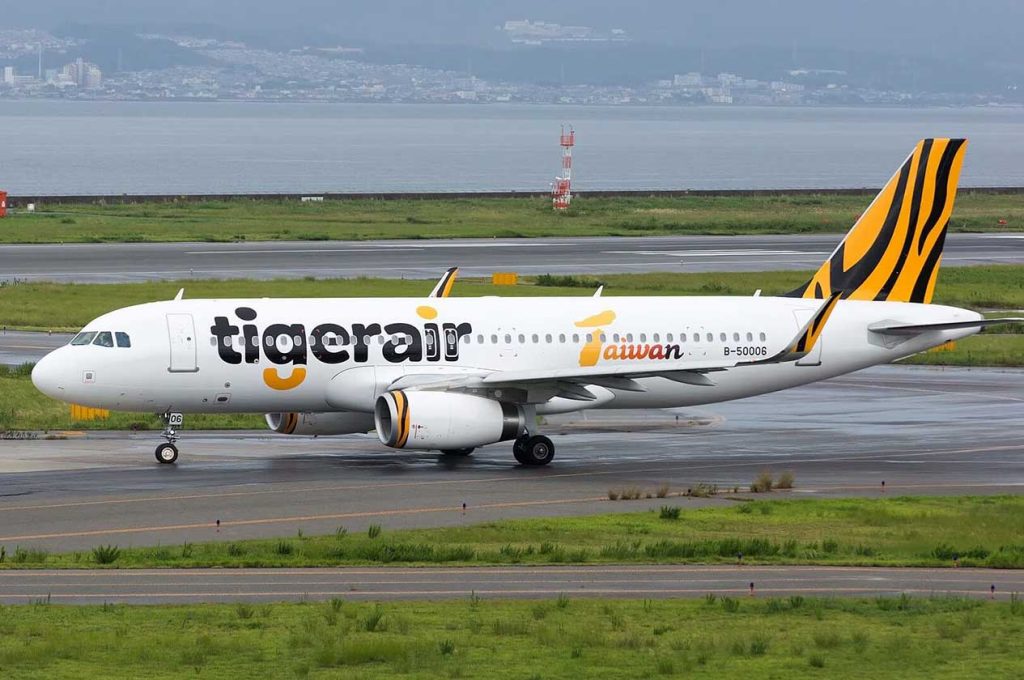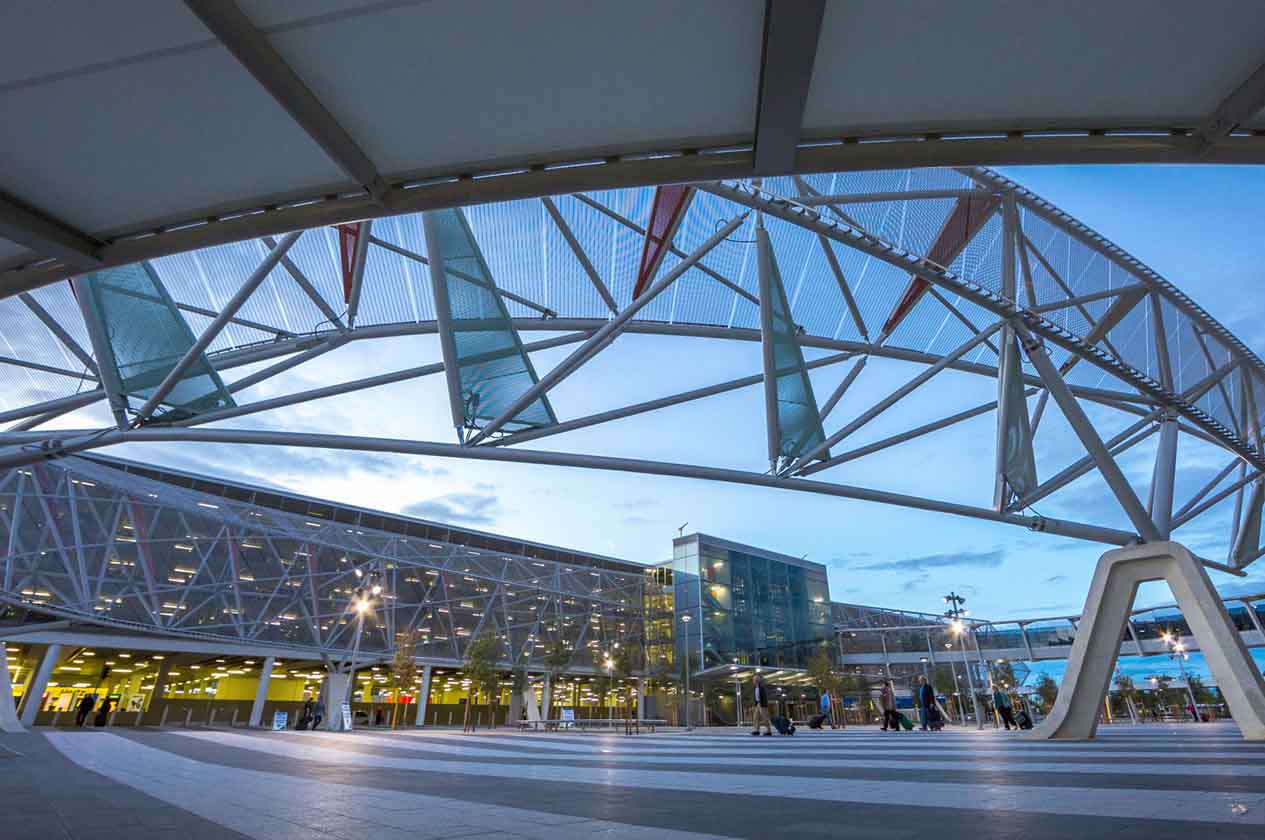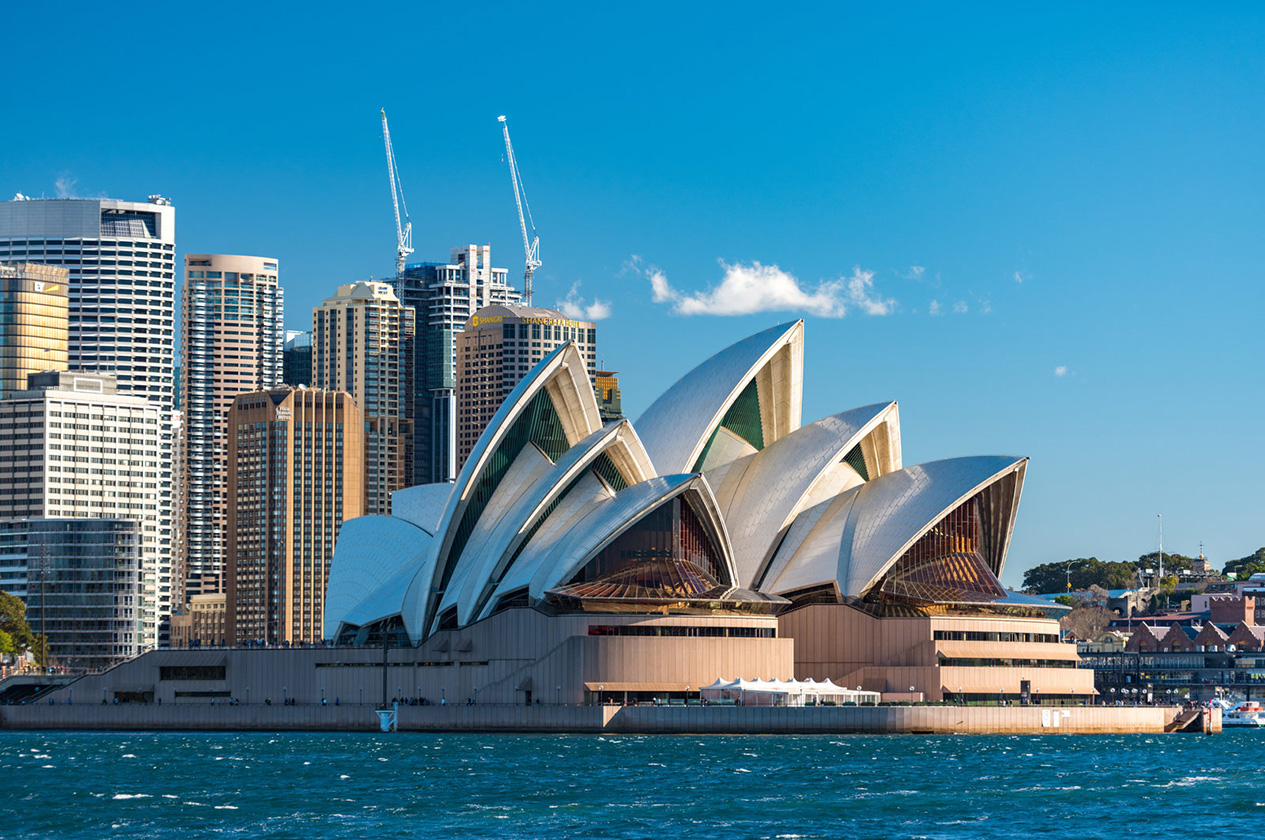Sydney and Adelaide, two distinctly styled Australian cities, are connected by a popular flight route that combines bustling commerce with rich cultural charm. Flying from Sydney to Adelaide is often the top choice for travelers heading to South Australia, and for most passengers, choosing the right airline plays a crucial role in balancing comfort and expenses. Budget airlines and full-service carriers each have their strengths—so how do you choose the right one? I’ll walk you through a detailed comparison between the two types of airlines based on ticket pricing, services, seat comfort, baggage policies, and more to help you make the most informed decision for your journey.
1. Overview of Budget Airlines
Budget airlines, or low-cost carriers (LCCs), offer cheaper tickets by reducing non-essential services and relying heavily on ancillary fees like baggage, seat selection, and meals. In Australia, Jetstar and the now-defunct Tigerair have been well-known names in the low-cost carrier space. These airlines are suitable for budget-conscious travelers who don’t mind sacrificing a bit of comfort for a cheaper fare.
1.1 Pros of Budget Airlines
- Affordable Fares: The main attraction is undoubtedly the low prices. With early booking, travelers can score promotional fares that are significantly cheaper than full-service options.
- Simple, Direct Flights: Most budget carriers offer direct flights, minimizing transit times and maximizing convenience.
- Flexible Add-ons: While the base fare is no-frills, passengers can choose services à la carte—adding only what they need, such as checked luggage, preferred seats, or meals.
1.2 Cons of Budget Airlines
- High Extra Fees: The base fare may look cheap, but add-ons like checked baggage, food, or even printing a boarding pass at the airport can drive up the total cost.
- Lower Comfort Levels: Seats are tighter with less legroom, and no complimentary meals or drinks are provided.
- Inconsistent Service: Service levels may vary, and budget carriers often rank lower in customer satisfaction compared to full-service airlines.
2. Overview of Full-Service Carriers
Full-service carriers (FSCs) provide a more inclusive experience, with fares typically covering checked baggage, onboard meals, seat selection, and entertainment. In Australia, Qantas and Virgin Australia are the leading full-service airlines. They aim to deliver a seamless and comfortable journey for passengers who value service quality.
2.1 Pros of Full-Service Carriers
- Inclusive Services: Your fare generally covers meals, beverages, one or more checked bags, and seat selection. Some flights also include inflight entertainment and Wi-Fi.
- Higher Comfort and Better Seats: Full-service carriers offer more spacious seating and higher-quality onboard services.
- Reliability and Safety: These airlines often boast better on-time performance and stronger safety records.
2.2 Cons of Full-Service Carriers
- Higher Ticket Prices: Especially during peak seasons or when booking close to the departure date, full-service airlines can be significantly more expensive.
- Limited Flexibility with Services: Though everything is included, passengers may still face charges for upgrades or additional services like extra bags or premium seating.

3. Price Comparison: Budget vs. Full-Service
3.1 Ticket Price Differences
Price is often the most immediately visible difference when choosing between a budget and a full-service airline. Budget carriers like Jetstar typically offer one-way fares ranging from AUD $50 to $120, especially when booked in advance or during promotional sales. These fares are appealing for short domestic flights and spontaneous trips. In contrast, full-service airlines such as Qantas generally price their fares between AUD $100 and $200, depending on the travel season, flight time, and booking class. Virgin Australia, which operates as a hybrid carrier, often falls somewhere in between, offering a balance of cost and service. While budget carriers win on headline pricing, full-service fares reflect the inclusion of more comprehensive onboard amenities.
3.2 Ancillary Costs
One of the defining traits of budget airlines is their heavy reliance on ancillary revenue. While the base fare may be low, passengers pay separately for almost every additional service. For instance, Jetstar’s economy ticket includes only the seat and a small carry-on bag, often limited to 7kg. Checked baggage can cost between AUD $20 to $40 per leg, while seat selection, priority boarding, and onboard meals add further charges. In comparison, full-service airlines like Qantas bundle many of these extras into the ticket price, typically including a 23kg checked bag, complimentary hot meals or snacks, beverages, and often seat selection at no extra charge. This bundled approach can offer better value, especially for those needing more than just a seat.
3.3 Final Cost Analysis
While budget carriers advertise lower base fares, the total cost can quickly rise once add-ons are factored in. If a traveler needs checked baggage, selects a preferred seat, or wants an in-flight meal, the final price might rival—or even surpass—that of a full-service carrier. On the other hand, full-service airlines offer a more predictable, all-inclusive experience with fewer surprise fees at checkout. For light packers or short trips, budget airlines can still be the most economical option. However, for travelers who value convenience, comfort, and included amenities, full-service airlines may provide better overall value despite a higher upfront cost.
4. Comparing the In-Flight Experience
4.1 Cabin Comfort
Full-service airlines typically offer more spacious seating arrangements with better legroom and wider seats, making the journey significantly more comfortable—especially for taller passengers or those flying with children. These cabins are designed with ergonomic features such as adjustable headrests and recline functions to reduce fatigue on longer flights. Additionally, the ambiance is often more refined, with better lighting and quieter cabins. In contrast, budget carriers maximize seating capacity, leading to tighter spaces and limited seat recline. While this setup helps keep fares low, it can result in discomfort during peak travel times or for flights lasting more than a couple of hours.
4.2 Meal Services
On full-service airlines, complimentary meal services are a standard part of the experience, often including a hot main dish, snacks, and a choice of beverages—both alcoholic and non-alcoholic. These meals are curated based on the time of day and flight duration, sometimes with options for special dietary needs if arranged in advance. Budget airlines, on the other hand, operate on a buy-on-board system. Passengers must purchase everything from a simple bottle of water to hot meals, often at premium prices. While some LCCs do offer meal bundles at the time of booking, the quality and variety are usually quite basic.
4.3 In-Flight Entertainment
Full-service carriers frequently equip their aircraft with seatback entertainment systems, offering a rich library of movies, TV shows, music, games, and flight information. Some even provide Wi-Fi connectivity and USB charging ports, adding to the overall convenience. This makes it easy for passengers to stay entertained or productive during the flight. In contrast, most budget airlines strip out these amenities to cut costs. If any entertainment is available, it’s usually through a mobile app that passengers must download in advance and access using their own devices. Therefore, travelers on LCCs are advised to bring books, tablets, or downloaded content to pass the time.
5. Baggage Policy Comparison

5.1 Allowance and Limitations
Budget airlines typically enforce strict baggage rules to keep costs low. Cabin baggage is usually limited to one small item, with a maximum weight of around 7kg and tight size restrictions. Any additional bag or oversized item must be purchased in advance or at the airport, often at a higher rate. Checked luggage is not included in the base fare and must be added for an extra fee.
In contrast, full-service carriers such as Qantas or Virgin Australia usually include one checked bag (typically up to 23kg) as part of the fare. They also allow a more generous carry-on allowance—often one cabin bag plus a personal item—making them a better choice for travelers who need to pack more or carry tech, work gear, or baby items.
5.2 Excess Baggage Fees
Exceeding baggage limits can be costly on budget airlines. If you arrive at the airport with an overweight or unbooked bag, fees can be steep—sometimes exceeding the price of your original ticket. Budget carriers often charge by the kilo for excess weight and may not allow additional purchases if the flight is already at capacity.
Full-service carriers tend to be more accommodating. They allow travelers to pre-purchase extra baggage at lower rates, and airline status members may receive additional free allowances. Moreover, customer service agents with full-service airlines are often more flexible in resolving minor overages, especially for loyal or frequent flyers.
6. Recommendations
Whether you choose a budget airline or a full-service one for your flight from Sydney to Adelaide largely depends on your travel preferences and budget.
- Choose a budget airline if:
You’re traveling light, flexible on seating, and want to save as much as possible on the airfare. It’s a great option for students, backpackers, or those on a tight budget. - Choose a full-service airline if:
You value comfort, need checked baggage, want a meal during the flight, or are traveling for business. The extra expense often translates into a much smoother and more enjoyable travel experience.
Your best choice depends on how you balance cost, convenience, and comfort. Whether it’s Jetstar’s unbeatable deals or Qantas’ premium experience, knowing what to expect helps ensure your journey from Sydney to Adelaide starts off right.



